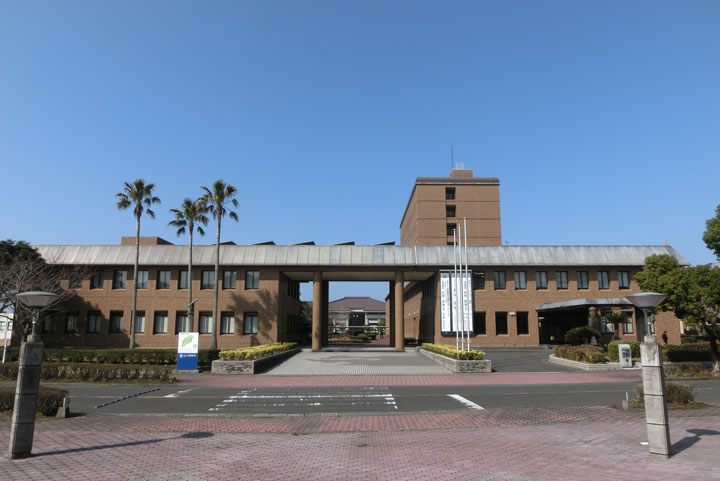About
 Home > About
Home > AboutInternational collaboration in informatics and sports
The International Research Network for Realizing a Healthy Society Through a Combination of Media Informatics and Sports Science is a joint research project conducted by Nara Institute of Science and Technology (NAIST) and the National Institute of Fitness and Sports in Kanoya (NIFS). The two distinctive universities - NAIST specializes in information science and robotics, and NIFS is at the center of sports science - have joined to take a unique approach to realizing healthy longevity.
This project was adopted in the 2016 fiscal year as part of the Japan Society for the Promotion of Science Program for Advancing Strategic International Research Networks to Accelerate the Circulation of Talented Researchers.
It is conducted in collaboration with five of the world’s top-notch universities including Technical University of Munich in Germany and Johns Hopkins University in the United States. Young researchers from Japan are visiting these overseas universities for long-term placements, while foreign researchers are also invited to Japan in order to promote personnel exchanges and cultivate excellent researchers who will form the core of an international collaborative network.

NARA Institute of Science and Technology

National Institute of Fitness and Sports in KANOYA
The aging society
 By 2025, people aged 65 and older are expected to account for 30% of Japan’s total population. The average life expectancy for Japanese men is 80.75 years and that of Japanese women is 86.99 years (as of 2015), whereas the average healthy life expectancy, i.e., expectancy of leading a daily life without restriction, is 71.19 years for Japanese men and 74.21 years for Japanese women (as of 2013). Thus, the whole nation is aiming to minimize this gap of about 10 years and extend the average healthy life expectancy. In fact, an aging society is a common challenge among the developed nations.
By 2025, people aged 65 and older are expected to account for 30% of Japan’s total population. The average life expectancy for Japanese men is 80.75 years and that of Japanese women is 86.99 years (as of 2015), whereas the average healthy life expectancy, i.e., expectancy of leading a daily life without restriction, is 71.19 years for Japanese men and 74.21 years for Japanese women (as of 2013). Thus, the whole nation is aiming to minimize this gap of about 10 years and extend the average healthy life expectancy. In fact, an aging society is a common challenge among the developed nations.
In order to obtain healthy longevity, it is essential for individuals to continue a reasonable amount of exercise suitable for them without getting tired. This project intends to take a scientific approach to systematizing the health exercise management programs that have been practiced by athletic trainers and physicians to date.
Specifically, the following techniques are being developed: 1) creating a database of the instructional knowledge held by physiotherapists and trainers using behavior measurement methods; 2) boosting people’s willpower to continue proper exercises using augmented reality; and 3) visualizing the effects of training using medical imaging. Introducing these methods will allow everyone to receive substantial health guidance in the comfort of their own homes.
Advances in imaging and banking
NAIST has been combining the real-world information obtained through imaging with the virtual-world information depicted by computer graphics to develop techniques for presenting information to users in a comprehensible manner using a display unit. By applying robotic technologies, the university is studying techniques that will enable specific muscles to be rehabilitated using power assist devices that support the exercises performed by elderly people. It is also conducting research and developing technologies to retrieve detailed information about bones and muscles from CT and other medical imaging techniques.
 NIFS is carrying out its “muscle Banking” project, which is an endeavor to help store up muscles for old age, verifying the effects of training for the elderly using physical fitness and sports medicine methods. The university has a lot of unique measurement systems such as a track embedded with 50 m-long force plates that measure the ground reaction forces generated by a body walking or running as well as a motion capture system that can be used under water.
NIFS is carrying out its “muscle Banking” project, which is an endeavor to help store up muscles for old age, verifying the effects of training for the elderly using physical fitness and sports medicine methods. The university has a lot of unique measurement systems such as a track embedded with 50 m-long force plates that measure the ground reaction forces generated by a body walking or running as well as a motion capture system that can be used under water.
The collaboration of these two universities has made it possible to combine informatics, robotics, and sports science, which we believe will enable us to create a health exercise management system that has not yet been achieved.
